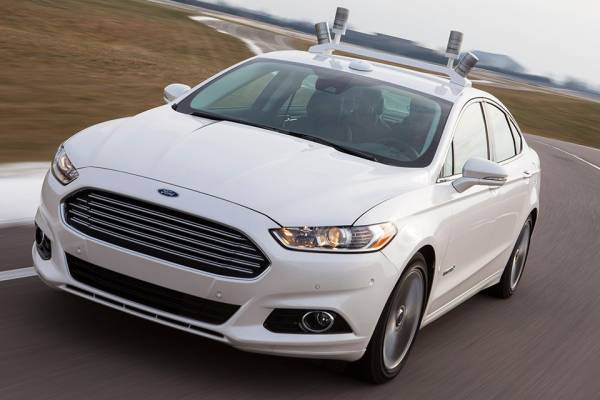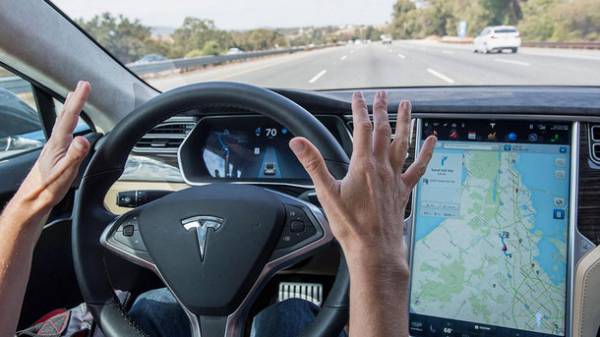
It can be a long and nostalgic look at yesterday’s atmospheric sedans with big motors and a minimum of electronics. But unfortunately (or fortunately), progress is inexorable and soon the cars will become more intelligent and interactive. “Motor” chose five electronic systems that will be familiar to drivers tomorrow.
“Transparent hood” by Land Rover
This technology debuted on the concept car Land Rover Discovery Vision and needs to help the driver better understand what’s happening under the front wheels of the car. This invention will be useful on the road, as it helps to avoid hitting rocks and stumps or falling into a rut. The system works with multiple cameras in front of the body, the computer and advanced the projector image onto the windshield.
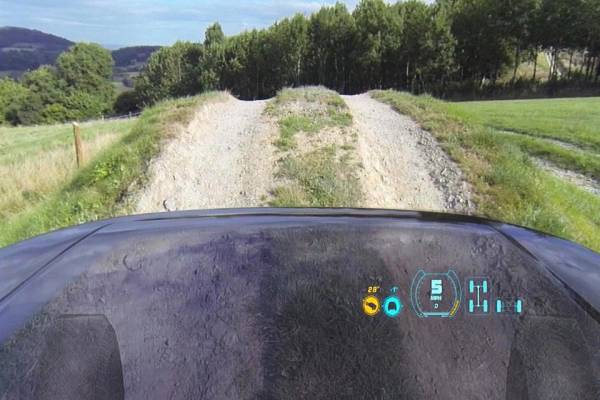
Analyzing the received camera image, the receiver “draws” Podkolodny relief and outputs it to the windshield via a projector. Thanks to the integrated gyroscope, the device is able to perceive the differences of height. While the technology is expensive and complex for mass production, but in 2-3 years it can come into use and significantly simplify the handling over rough terrain.
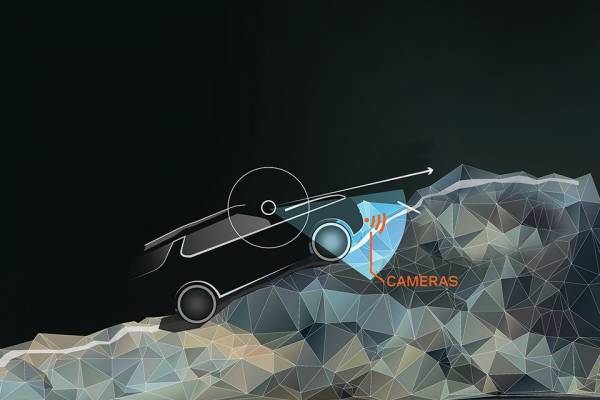
A system of tracking the health of the passengers from the Ford
Regardless of whether the person operates the vehicle or not, good to know that with passengers on Board everything is fine. It is this technology we are testing in Ford. Thanks to sensors and sensors in the steering wheel and in the seat belts, the car constantly monitors the basic parameters to those in the cabin.
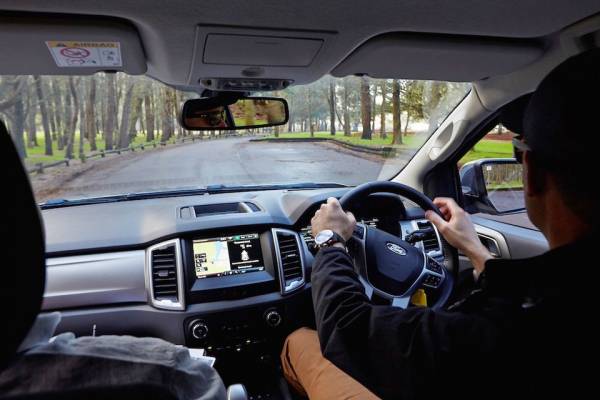
Why is it necessary? First, it is a more accurate way to understand when the driver is tired and offer him a stop. Secondly, it is possible to prevent the emergency situation on Board. And thirdly, in combination with the technology of the autopilot, this system will allow you to take the driver to the hospital if it happens an accident like a heart attack.
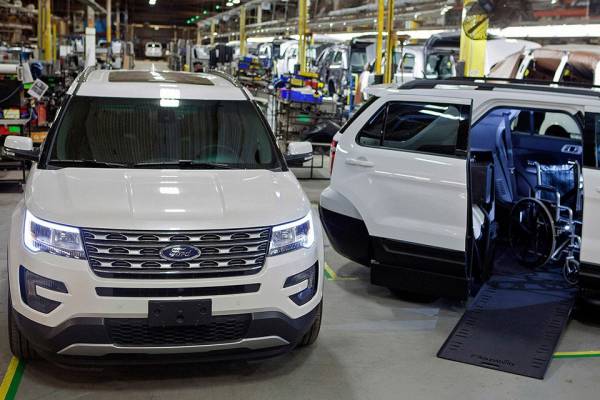
Touch holograms from BMW
It seems that this is just “technology for technology”, but really it’s not so simple. By and large, this development of the system of gesture control, which is now used in the BMW 7 series. Here, it also has a “real display” with the help of holograms.
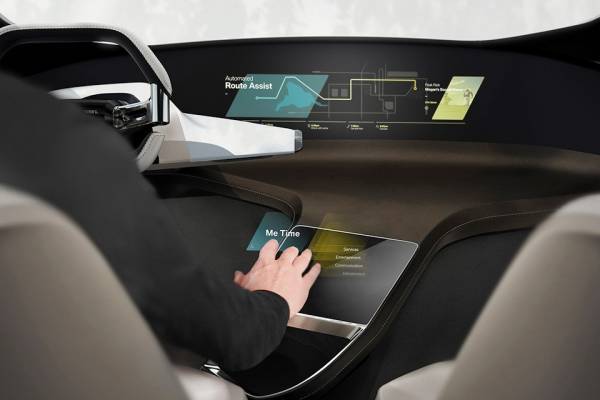
Thanks to her, the driver does not just draws in the air whimsical shapes and clicks on virtual buttons, which appear at hand. Camera and sensors record the “points of touch” that allows you to minimize the probability of error. And given the fact that holograms arise in close proximity to the driver, they do not have to go. Hence, the driving will be safer.

Energy body panels from Volvo
The main disadvantage of current electric vehicles is the battery (often lithium-ion) – heavy, bulky and long charging. But the situation may change in the next 10 years, Volvo is developing a special Energocapital body panels that are lighter than traditional batteries, more spacious and will be able to charge even faster.
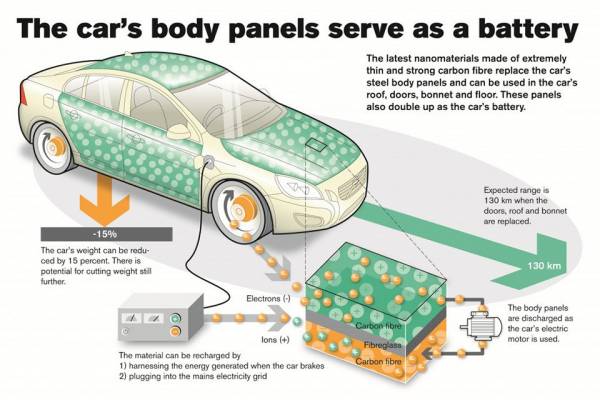
In the panel is integrated battery units on the basis of polymers, which are coated with carbon fiber – it is sturdy enough to prevent the destruction of the batteries in case of an accident. These panels will store energy in different ways: while in the priority of the traditional charging and recovery of kinetic energy, but there are alternatives.
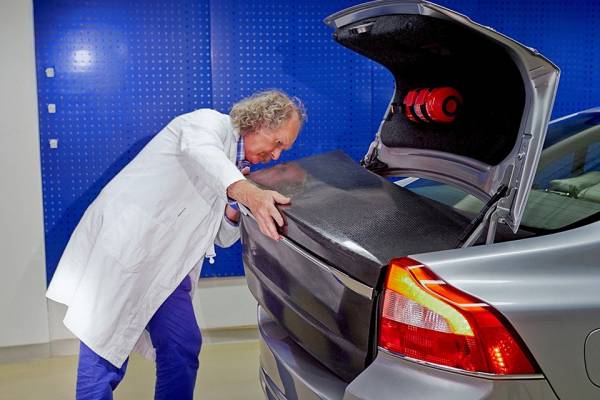
Autopilots
Like it or not, but now, this technology is the priority of all automakers: Audi, Volvo, Mercedes, BMW, Tesla, Hyundai – the list is very long. And in 5-10 years cars will be running without the driver.
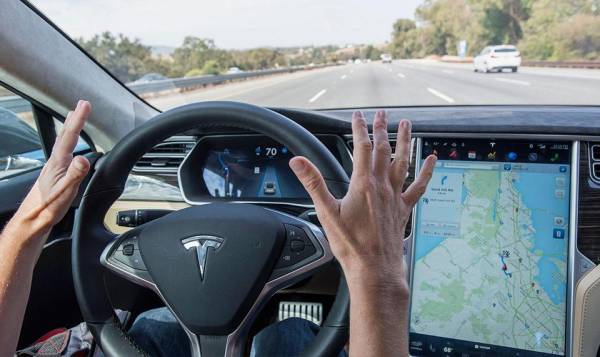
Meanwhile, there is a scale of autonomy of the vehicle, where 0 – car is completely controlled by person and 5 – person can driving to sleep, the machine is completely independent in their behavior. Leading automotive brands are now moving to the development of the fourth stage of autonomy. So, the mass use of autopilot is not far off – it remains to solve the legal and moral problems. For example, someone needs to save the computer, a passenger or pedestrian…
